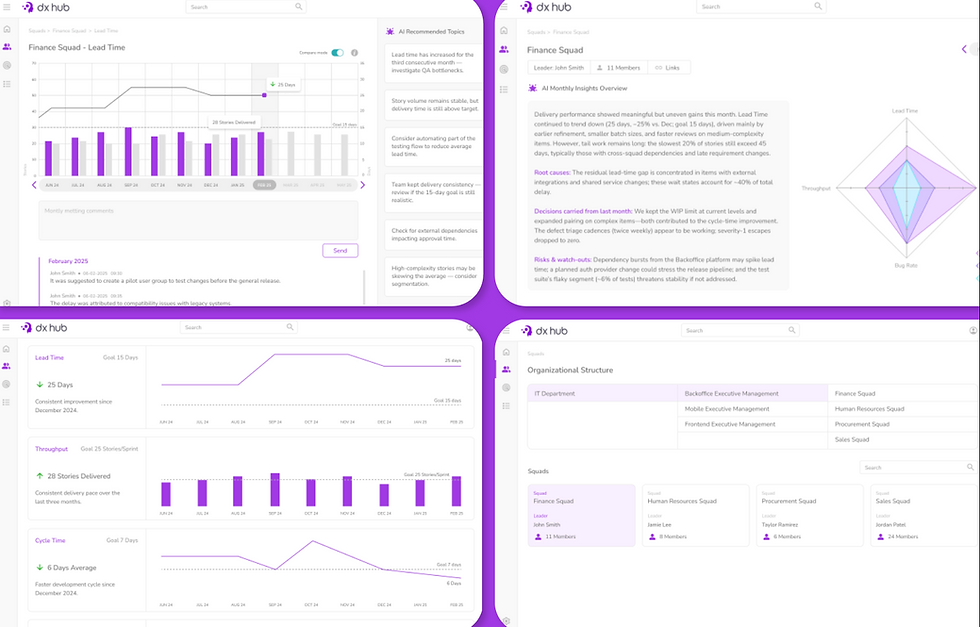Differences between Software Due Diligence and Financial Due Diligence
- Avalia

- Apr 8, 2024
- 3 min read

In the landscape of business assessments, due diligence serves as a foundational process, offering deep insights into various facets of a company's operations, financial health, and more. Among the various types of due diligence, software and financial due diligence stand out for their critical roles in modern transactions, especially in tech-centric and software-reliant sectors. This article delves into the distinctions between software due diligence and financial due diligence, highlighting their unique focuses, methodologies, and implications for businesses and investors.
Software Due Diligence: A Deep Dive into Technology
Software due diligence is a specialized evaluation process aimed at understanding the quality, sustainability, and scalability of a company's software assets. This form of due diligence is paramount for companies in the technology sector or any business where software plays a critical role in operations or product offerings. The core areas of focus include:
Code Quality and Architecture: Examines the structure, readability, and maintainability of the code. It assesses whether the software is built on solid architectural principles and practices.
Technology Stack and Dependencies: Evaluates the technologies used in the software development process, including programming languages, frameworks, and third-party services, for their longevity, licensing, and potential vulnerabilities.
Development Practices and Procedures: Reviews the methodologies employed in the development process, such as Agile or DevOps, including version control, testing, deployment practices, and documentation.
Cybersecurity Measures: Assesses the robustness of security protocols, encryption practices, data protection measures, and compliance with relevant cybersecurity regulations.
Intellectual Property (IP) Concerns: Identifies potential IP issues, such as copyright and patent infringements, which could pose legal and financial risks.
Software due diligence is pivotal for assessing the technical health and future potential of software assets, ensuring that technology investments are sound, scalable, and secure.
Financial Due Diligence: A Fiscal Health Check
Financial due diligence, on the other hand, is a comprehensive review of a company's financial statements, records, and fiscal practices. Its goal is to verify the accuracy of the financial information provided and assess the company's financial health and performance. Key areas of focus include:
Financial Statements Analysis: Reviews balance sheets, income statements, and cash flow statements to understand the company’s financial position and performance over time.
Tax Compliance and Liabilities: Examines tax returns, payments, and disputes to identify potential tax liabilities or non-compliance issues.
Asset and Liability Verification: Verifies the existence and valuation of assets and liabilities, including inventory, property, and debt obligations.
Revenue and Profitability Analysis: Analyzes revenue streams, profit margins, and growth trends to forecast future financial performance.
Operational Costs and Efficiency: Reviews operational expenses and efficiency measures to identify areas for cost reduction or operational improvement.
Financial due diligence provides investors and acquirers with a clear picture of a company's financial stability, profitability, and risk exposure, facilitating informed investment decisions.
Distinguishing Between the Two
The primary distinction between software and financial due diligence lies in their focus and outcomes. Software due diligence zeroes in on the technical and strategic aspects of a company’s software assets, essential for tech-driven transactions. It evaluates the quality, sustainability, and potential legal risks of the software, which are crucial for understanding the technological value and future growth potential of a business.
Financial due diligence, conversely, provides a comprehensive view of a company's financial health, assessing its fiscal stability, profitability, and financial risks. This type of due diligence is fundamental to almost all transactions, offering insights into the financial realities that could impact an investment's or acquisition's success.
In essence, while both types of due diligence are critical to the decision-making process in mergers, acquisitions, and investments, they serve different purposes. Software due diligence is indispensable for technology-focused evaluations, offering insights into the technical robustness and potential of software assets. Financial due diligence, meanwhile, offers a bird's-eye view of a company's financial health, guiding strategic financial decisions. Together, they provide a comprehensive understanding of a company's overall value and potential from both technological and financial perspectives.


